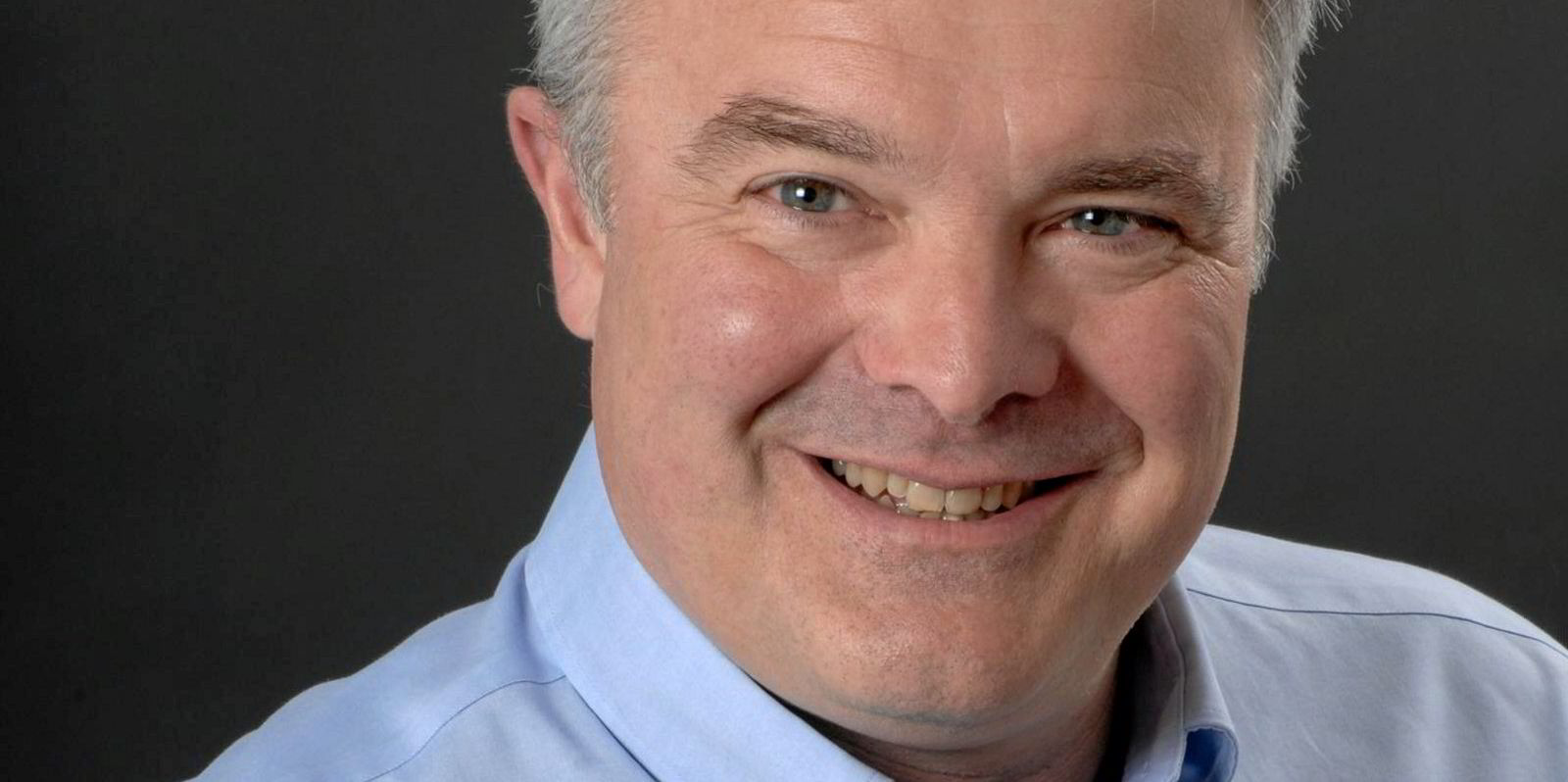A new era of CO2 shipping requires fresh ways of thinking and operating, according to Sean McLaughlin.
The strategy consultant at design and engineering consultancy Houlder sees a rapidly growing demand to move large volumes of the greenhouse gas.
He said a range of distances, cargo sizes, end destinations and significantly more diverse cargo sources all need to be factored into the equation.
“Forecasts for growth in demand for CO2 shipping have been largely predicated on the growing network of sequestration routes for CO2 captured from industrial processes,” McLaughlin told TradeWinds.
Rystad Energy predicts that, based on planned carbon capture projects, more than 90m tonnes per annum of CO2 will be shipped by the end of the decade.
Using the currently envisaged vessel sizes and types, these volumes potentially require a fleet of 55 carriers by 2030, the consultant calculates.
But he believes it is also important to recognise that this new large-scale cargo requires a fresh and potentially radical look at vessel and containment designs.
“The potential for significantly increased reuse opportunities such as e-fuels could also drive long-distance CO2 shipping to manufacturing hubs,” McLaughlin said.
And as onboard carbon capture becomes more commonplace, almost every oceangoing ship type has the potential to become a CO2 carrier.
“That means that the opportunities for new containment strategies should be of interest to a much wider group of vessel owners,” he said.
Watching over capex and opex
McLaughlin is calling for a properly integrated logistics chain, particularly when choices are made about where liquid CO2 purification takes place.
“Impurities in captured CO2 have a significant impact on the energy requirement for liquefaction, the design and cost of containment systems, and they are also a challenge for reuse and sequestration,” he said.
“Not all CO2 is the same. Misconceptions or oversights could result in significant over-specification of containment tanks and other equipment, potentially resulting in unnecessary capex or constraints in the vessels’ operating environment.
“There is also the potential of a baked-in opex problem resulting from significant and potentially unnecessary increases in non-revenue earning cargo weight and energy consumption in maintaining it.”
McLaughlin argues that gradual evolution is not enough now: new paradigms are needed.
“We should grasp the opportunity to find new and more effective solutions whilst always ensuring that the ship designer works collaboratively with the rest of the logistics chain,” he said.




